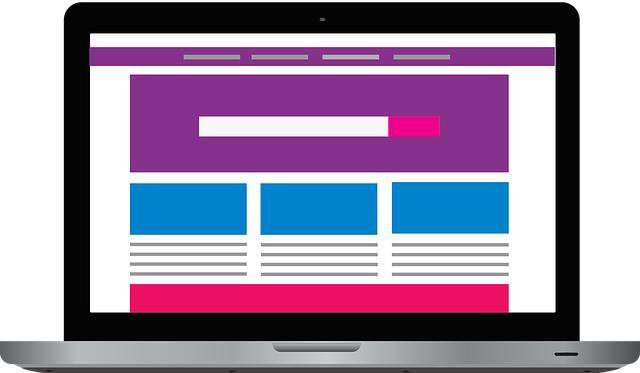While a small business can potentially thrive on a strong local reputation and the favorable effects of publicity through word of mouth, most new companies will be reliant on a strong digital presence. An optimized business homepage is instrumental in generating traffic towards the brand, while an attractive company website and effective social media accounts work together to expand and then consolidate a client base.
Small businesses are hit the hardest in tough times for the economy, but an effective website is a permanent advert for a brand that can generate custom when business is slow elsewhere. Many small businesses are still getting to grips with the idea of a coherent digital presence, so an owner that is proactive in developing website conversion rates may be able to get ahead of the competition.
A website conversion rate is the proportion of site visitors that complete a specific action while browsing, whether that is the purchase of a product or the completion of a form. Here are five things that small business owners should consider when looking to improve their website conversion rates.
A/B testing
An A/B test works like a focus group, as a portion of visitors to your site are diverted to an alternate version of a webpage. If that alternate version proves more effective at generating clicks and motivating purchases, that can become the default. If it proves less successful, it can be removed quietly. President Barack Obama is a famous advocate of A/B testing, with Wired reporting that a productive A/B test on his campaign website generated an additional $75 million. Even if you’re not running for President, A/B testing results can take you in a direction that you may not have otherwise considered.
Clear calls to action
If site visitors aren’t being actively encouraged to engage with your brand, there is no reason for them to visit your site again. Ensure every landing page of your site has a clear call to action (CTA). For example, you may wish one landing page to encourage visitors to sign up for your email newsletter. Be creative with your CTA button, as distinctive phrases can be more compelling. Rather than a simplistic “Subscribe NOW!” button, experiment with attention-grabbing calls like “Yes, I want the best offers each week!” Try different CTAs as part of your A/B testing process.
Data-enriched forms
Your site may do all the hard work in driving visitors towards conversion, but a long and unwieldy user form can undo all of that progress. The team at Lusha has produced a guide on How to Increase Conversion Rates, with data-enriched solutions being one of the approaches recommended by industry experts. A shorter form can be a pathway to a higher conversion rate, as a service like Lusha Forms collects information behind the scenes to reduce user input. With no groan-inducing forms that take hours to complete, prospects on your business’ website are more likely to see the conversion process through.
Social proof

Image by mcmurryjulie from Pixabay
Every page on your website should provide engaging and relevant information about your services, but potential clients don’t just want to hear about your products from you. This is where client testimony makes a difference. Post glowing reviews from your existing client base, whether that takes the form of specially-written testimonies or social media posts. Nielsen’s 2012 Global Trust in Advertising report indicated that 70% of consumers trust online reviews as a means of product assessment, so social proof can build affinity to your brand.
Browse your site from your customers’ perspective
It’s valuable to take a step out of your business owner’s shoes and step into whatever footwear your target audience predominantly wears. Every business has a clear demographic in mind for its customers, so, logically, its website should be geared towards enticing that audience. Would a potential client be sufficiently dazzled by your latest offer? Does your on-site copy speak in a voice that your audience wants to hear? Is your website layout going to appeal to your expected site visitors?
All of these methods should aid small businesses in the quest for a higher website conversion rate. It’s never too early for a small business to start undergoing processes like A/B testing or data-enriched form integration, as these will improve the chances of generating more conversions. With a better website conversion rate, a small business might not be small for much longer.







Recent Comments